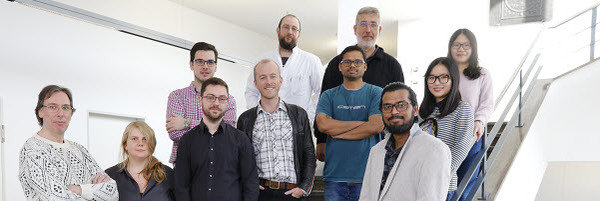This project studies the mechanical properties and microstructural evolution of a transformation-induced plasticity (TRIP)-assisted interstitial high-entropy alloy (iHEA) with a nominal composition of Fe49.5Mn30Co10Cr10C0.5 (at. %) at cryogenic temperature (77 K). We aim to understand the hardening behavior of the iHEA at 77 K, and hence guide the future design of advanced HEA for cryogenic applications.


